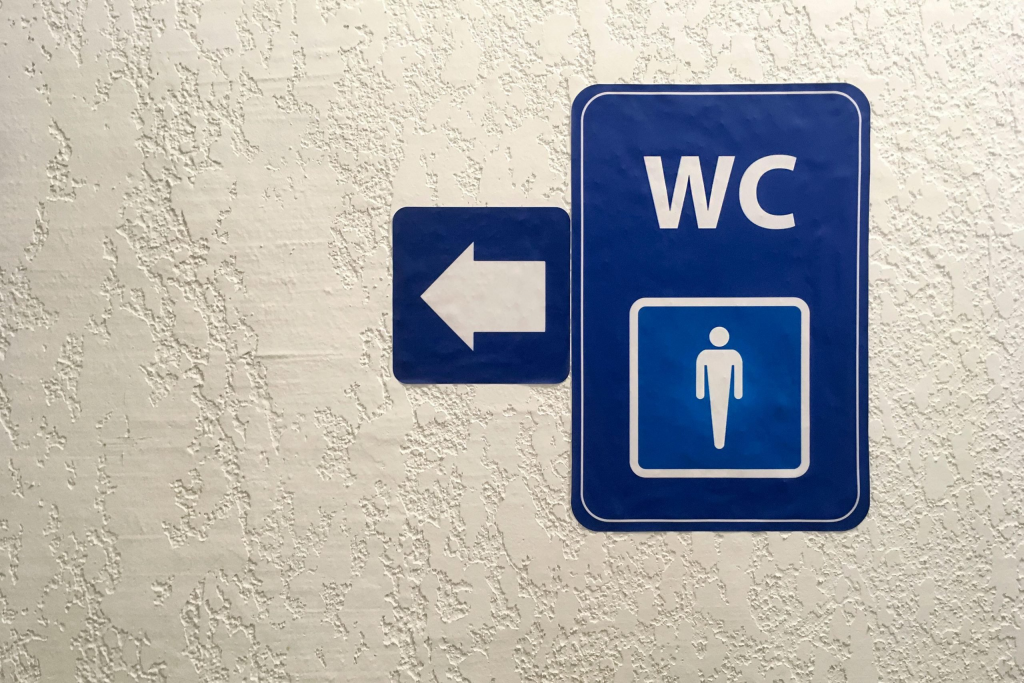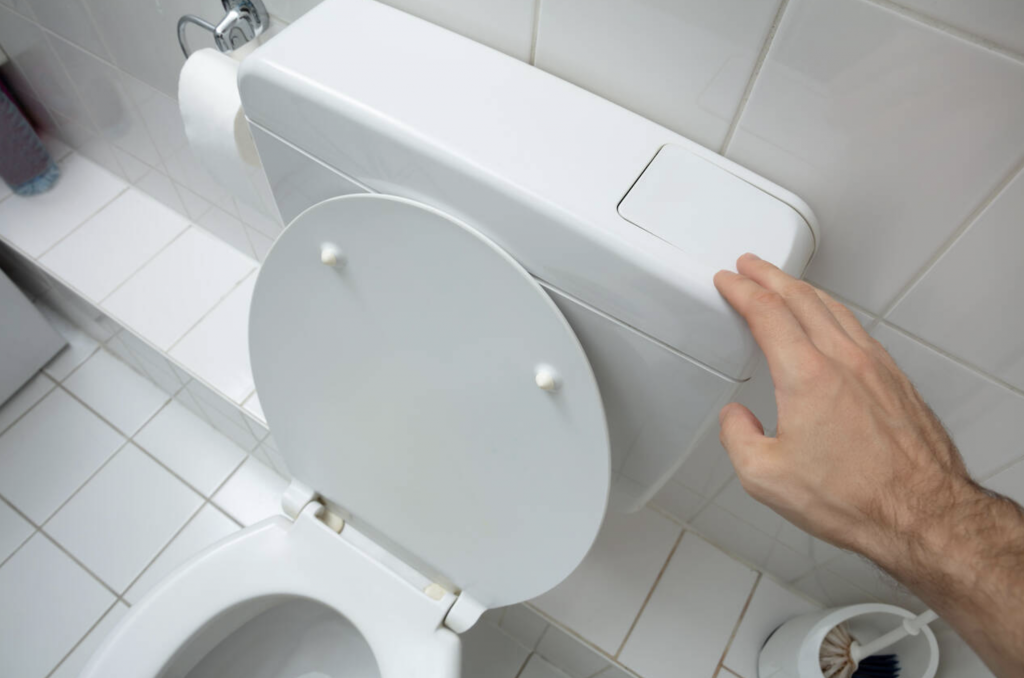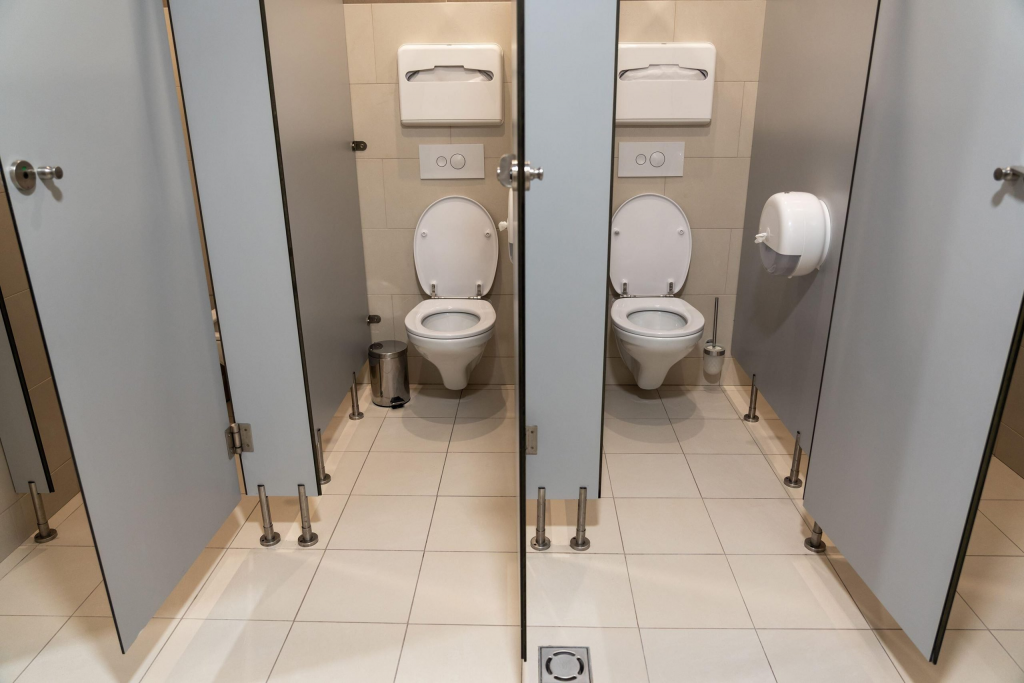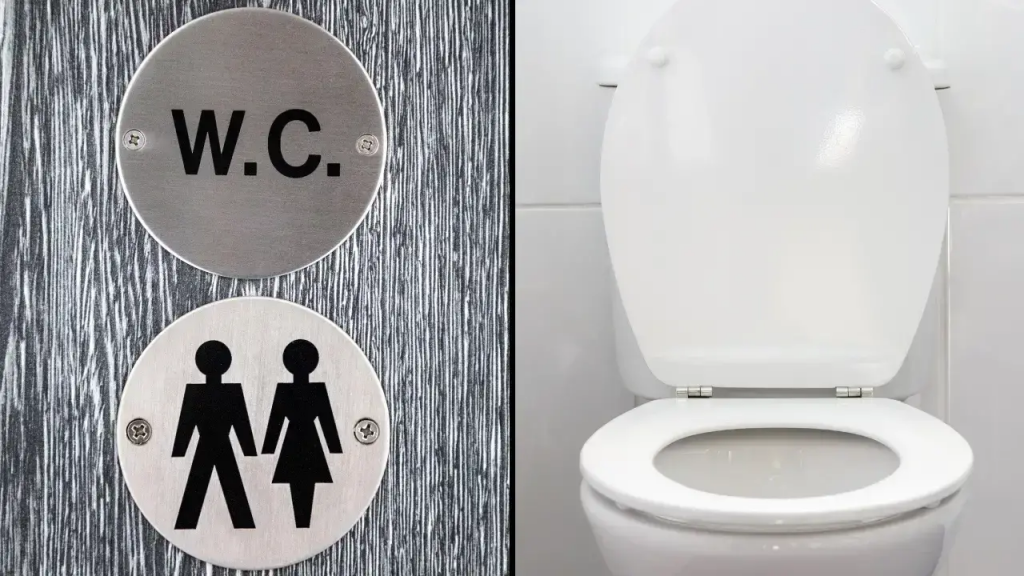It’s something most of us have walked past hundreds, if not thousands, of times in our lives. Whether in shopping malls, train stations, restaurants, or even airplanes, the familiar WC sign marks the way to public restrooms. But despite its widespread use, many people have gone their entire lives without knowing what WC actually stands for.
In different parts of the world, public restrooms go by a variety of names. In the United States, terms like “restroom,” “bathroom,” or even “the throne” are commonly used, while in the UK, you’ll hear “loo” or “lavatory.” Despite these differences, the WC sign remains a universal symbol for public toilets. And yet, surprisingly, many people have never questioned its origins—until now.

The Internet’s Latest Revelation Has People Stunned
The internet is a goldmine for uncovering fascinating facts about everyday things we take for granted. Whether it’s learning the correct way to use the fourth side of a cheese grater, discovering what M&Ms actually stand for, or realizing the true purpose of shopping cart hooks, the digital world never fails to surprise. Now, the latest revelation to baffle the online community is the meaning behind the WC sign we see almost daily.
Social media has been flooded with reactions from people who are just now realizing what WC stands for. One person admitted, “I’m so glad someone finally asked this—I’ve been wondering for years but never thought to Google it!”
Another shared their shock, saying, “I can’t believe I’ve lived my whole life seeing ‘WC’ on public toilets and never questioned what it actually meant.”

One particularly amusing comment read, “I was 23 years old when I found this out. How did I go this long without knowing?”
However, not everyone was caught off guard by this revelation. Some internet users were baffled that so many people were unfamiliar with the term. “Wait, who doesn’t know this?” one person asked. Another confidently declared, “Surely everyone already knows what WC means!”
The History Behind the ‘WC’ Sign
Despite its simple appearance, the WC sign has a surprisingly rich history dating back to the early days of indoor plumbing. The term WC is an abbreviation for water closet, a phrase commonly used in the 19th and early 20th centuries to describe a small, enclosed room containing a toilet.
Before modern plumbing became widespread, many homes had separate spaces for different hygiene-related activities. The bathroom, as its name suggests, was originally designed solely for bathing. Meanwhile, toilets were often placed in a spare closet or small compartment inside the house—hence the name water closet.
At the time, having a dedicated room with a flushing toilet was considered a luxury. Because running water was not as readily available as it is today, homeowners often installed toilets in tiny, enclosed spaces where plumbing was already accessible. Over time, the term water closet became synonymous with a room that contained a toilet but no bathtub.

How ‘Water Closet’ Became a Global Term
As plumbing technology improved and homes began incorporating combined bathrooms with both toilets and bathtubs, the term water closet gradually faded from everyday language. However, the abbreviation WC stuck around, particularly in European and Asian countries, where it remains the standard label for public restrooms.
A now-deleted viral TikTok video explained this history in greater detail. The creator stated, “Before indoor plumbing, the only place people had running water inside their homes was in their bathhouses. You had to manually bring in water, heat it up, and pour it into the tub.”
They continued, “Once plumbing was introduced, people needed a place to install their toilets. Since there was already a room for bathing, the easiest solution was to place the toilet in a closet. That’s how the term water closet came to be.”
According to plumbing experts, the term WC became widely used during the early 1900s, particularly in Europe, where it was seen as a more refined and polite way to refer to a toilet. Over time, the abbreviation remained in use, even as the term water closet itself faded from common conversation.
Why Some Countries Still Use ‘WC’ Today
Despite the evolution of language and bathroom terminology, WC continues to be widely recognized across different parts of the world. In many European countries, including France, Germany, and the Netherlands, WC is still the standard signage for public toilets. Even in Japan and parts of Asia, you’ll find WC markings in hotels, airports, and public buildings.

However, in the United States, the term never quite caught on. Americans overwhelmingly prefer “restroom” or “bathroom,” which is why seeing WC on signage in the U.S. is relatively rare.
For those who grew up seeing the WC sign but never questioned its meaning, this little-known fact has turned into an eye-opening revelation.
So the next time you spot a WC sign in a public restroom, you’ll know that it’s not just a random set of letters—it’s a remnant of history, a nod to the early days of indoor plumbing, and a reminder of how language continues to evolve with time.